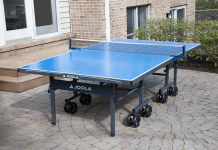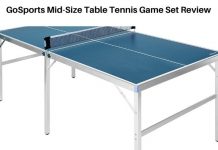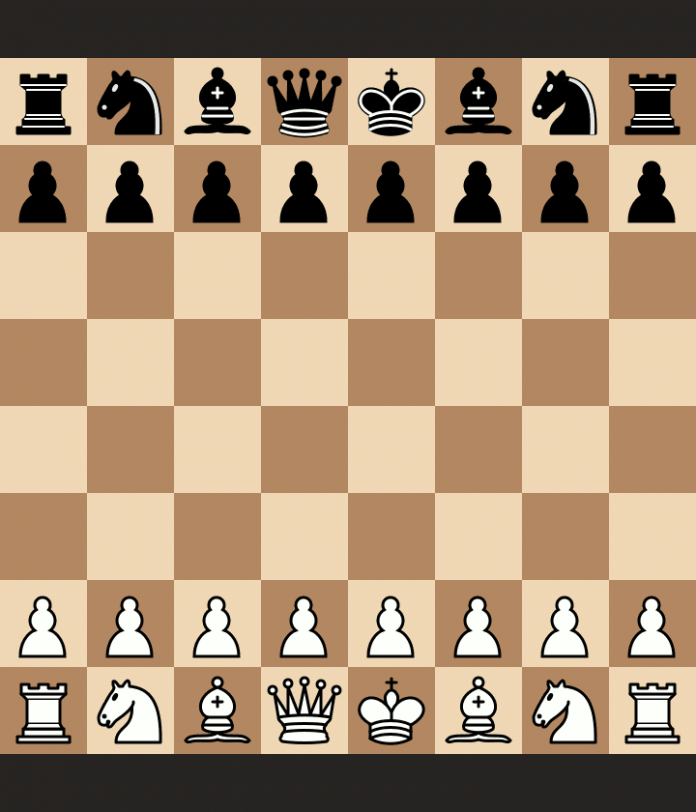Centipawn is a unit of measure used in chess as a measure of advantage. One centipawn is equal to 1/100 of a pawn. Losing a centipawn is the number of hundreds of pawns that contrast with the best motor move. Average Centipawn Loss is simply the average of all the centipawn losses per move over a whole game or even many games if you care to calculate. The more you score the better. We will go into this detail in these articles.
Table of Contents
Predicting Rating from ACPL
The relationship between ACPL and player rating is more formal role through linear regression, which predicts the player rating in the player’s ACPL separately for black and white players (one could include both white and black players in the same analysis at the same time, but linearly). Regression is not appropriate here, because the moves of both players are closely related in each game, so these two sets of analysis are not independent; a mixed-effects model would be a good choice here for data dependency mapping.)
It is difficult to accurately predict the rating of an ACPL player. The results are slightly different for blacks and whites, so it’s slightly easier to predict a black player’s ACPL rating than it is to do the same for a white player (at least in this data). For white players, the ACPL regression coefficient was -346 [SE = 34.6, t (1,843) = -10.00, p <0.001, R² = 0.05, adj. R² = 0.05], which means that we expect two white players with a difference of 1 point on the ACPL to have a difference of 346 points in terms of ranking. The corresponding coefficient for black players was -442 [SE = 37.3, t (1,844) = -11.83, p <0.001, R² = 0.07, adj. R² = 0.07], which means that we expect two blacks differing 1 ACPL point to differ 442 in terms of ranking.
Unfortunately these predictions are not very useful, as indicated by the low R2 between 5-7% of the variation in ratings can be accounted for by variations in aCPL, while the remaining 93-95% of the variation in ratings remains to be accounted for. If you include higher-order ACPL polynomials as predictors (grades 2 and 3), but as you might have guessed, it didn’t help (it just doesn’t seem to have a good relationship between ACPL and rating in any form).
Use of Engines, Average Centipawn Loss and Online Cheating by Pure heart Loveday
Average centipawn loss is the mean deficiency of many births that alludes to a technique for surveying the strength of two relative situations in a round of chess.
Centipedes are 1/100 of a farmer’s material cost; an analytical currency used to gauge the relative strength between a player’s game and the best available game based on their position. If the human player makes the best move on a position, he loses 0 centipoises. The most ideal move is just the principal move that chooses the most impressive chess engine, For example, if there is a 10 person partner somewhere and you choose a route that leads to the mat at 12, you will hit some over. If you play BxQ (bring the queen for free) and there is a QxP (wallet) somewhere that can lead to checkmate but you haven’t played, you will lose several centipoises at once. Bishops, rocks, and queens gain up to percent more value in open positions and lose up to 20 percent in closed positions.
Knights gain up to 50 percent in closed positions and lose up to 30 percent in the corners and edges of the board. However, the average millipede loss is the sum of the millipede losses divided by the total number of moves in the game compared to the arithmetic (average) average millipede loss per move for a given game. Today’s grandmasters are so accurate that less than 10 centipawn losers in the exemplary time control and 15 in the fast time control in their games (see: WC, Carlsen vs. Caruana, 2018) and even more than 20 lightning losses could be read.
It may be intriguing to take note of that somewhere in the range of 1900 and 2000; a normal of 30 and surprisingly 40 millipedes was lost in pool rivalries. It should be noted, however, that “mistakes” are praised for trains with a loss of 20-50 cp and any loss above 50 cp is an “idiot”.
With a specific goal in mind, IM and GM in exemplary planning are in the scope of a normal loss of + – 20 cp, while SGM is somewhere in the range of 5 and 15.
In retrospect, it can be said that the proliferation of chess engines has made chess players more accurate around the world; become like the engines that make it. But even if human chess becomes an innovative feat, the engines evolve in the same way. We are growing and they are growing even faster. Hence the improvement of Centipawn money is with which we can see the connection between the evolutions of the most remarkable chess engines.
Each player with their strength depends on the average loss of productivity that is expected of them. For example, your rating is 2200. You are expected to have an average loss of hundreds of spawns of at least 20. When you create a new dataset, the structure suggests you have 2200 and rate it as you develop. In the long run, the structure expects fewer centipedes from you.
When you are appraised 2100 and your Centipawn is 15 years of age, you will be addressed without comprehension and if the record is analyzed you will be launch. Either way, if your Elo is 2900 and your Centipawn shows a similar 15, you can get a signal, but not the square. If the structure is checked and it is determined that it is FMB, it follows that the classification has been expanded in the long run and is considered to be inexpensive.
ACPL versus Rating
Chess has been fixed for practical purposes. Online platforms allow players to compare their moves with the ideal moves generated by chess / AI mechanisms. Centipawn loss (CPL) is a measure of how suboptimal a movement is. A centipara is equal to 1/100 of a pawn, so a CPL of 100 indicates that the player made a move that lost the equivalent of a pawn. 100 CPL does not necessarily mean that you have lost a pawn unnecessarily; CPL also takes into account positions and potential partners.
Centipawn Average Defeat (ACPL) is the average CPL for a specific game. ACPL is a positive number from 0 to infinity. An ACPL of about 20 is an excellent sign of near-perfect play, while an ACPL of over 300 means you are three years old or deliberately losing the game. The ability to calculate ACPL raises the question, is ACPL correlated to one’s rating?
In-depth CPL explanation FIG. 1: Scoring and ACPL per game.
The graph shows a negative correlation between the rating and ACPL (ACPL decreases as the rating increases), based on common sense; as the player improves, he strives to make moves that approach the ideal.
ACPL, as most execution markers, requires setting. The player can get ACPL 20 severally. They can outmaneuver their sovereign quickly and attempt to extend the unavoidable or make a major event.
Instead of analyzing the ACPL rating, we will analyze the types of ratings concerning the movement. Online chess platforms generally categorize games into several broad categories: best play, good play, inaccuracy (CPL 50 to 100), wrong (CPL 100 to 300), and blunder (CPL> 200).
Fig 2: Fig 2: Rating versus Errors per game
As you would expect, the number of serious mistakes (loss of movements) decreases dramatically with the degree. It is not clear whether the actual CPL is decreasing or increasing as a result of the error in the estimate.
Interestingly, the mistakes even remain relativistic; perhaps this is because of the games considered in the blitz version of chess. Because players have little time to think that they are likely to make good moves in the short term (3-5 moves to), but they may not be ideal for more than 10 moves. People will find it difficult to eliminate all bugs and inaccuracies in their games, but by focusing on reducing errors by as much as 25%, you will get an incredible rise in ranking.
Conclusion
In both graphs, it is clear that the correlation coefficient between errors / ACPL and classification is low. Both are values that can be used to estimate a player’s rank in a sequence but are ideal for accurately evaluating a player’s performance. However, it is difficult to dispute the idea that the best players have the best ACPLs.

Veronica is a Green Bay-based freelance writer and editor with extensive experience with board games. When not busy scribbling her thoughts, you might find her in her garden, hiking out in the woods, or exploring new food joints.
Veronica is a die-hard board game and chess hobbyist by night. She likes to try out new games and is always on the lookout to recruit new players for her game night (so beware!). When not playing board games or throwing darts, she is usually busy painting miniatures (or doing other nerdy stuff).
She is the CEO & Content Writer of Indoor Games Zone. She shares her expertise from years of playing chess, board games, and darts.

![Stiga XTR Pro Review | 1,559+ Global Ratings (In-Depth Guide) [year] Stiga XTR Pro Review](https://indoorgameszone.com/wp-content/uploads/2021/08/Stiga-XTR-Pro-Review-218x150.jpg)






